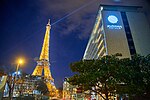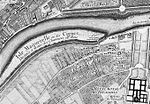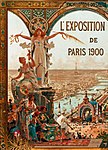Penrith Anglican College
1998 establishments in AustraliaAnglican Diocese of SydneyAnglican primary schools in SydneyAnglican secondary schools in SydneyCity of Penrith ... and 3 more
Educational institutions established in 1998New South Wales school stubsUse Australian English from April 2015
The Penrith Anglican College is an independent Anglican co-educational early learning, primary and secondary day school, located in Orchard Hills, near Penrith, New South Wales, Australia. The College is a member school of the Sydney Anglican Schools Corporation and caters for approximately 1,000 students from Pre-Kindergarten to Year 12.
Excerpt from the Wikipedia article Penrith Anglican College (License: CC BY-SA 3.0, Authors).Penrith Anglican College
Avenue Anatole France, Paris 7th Arrondissement (Paris)
Geographical coordinates (GPS) Address Website Nearby Places Show on map
Geographical coordinates (GPS)
| Latitude | Longitude |
|---|---|
| N 48.8584 ° | E 2.2945 ° |
Address
Tour Eiffel
Avenue Anatole France 5
75007 Paris, 7th Arrondissement (Paris)
Ile-de-France, France
Open on Google Maps









